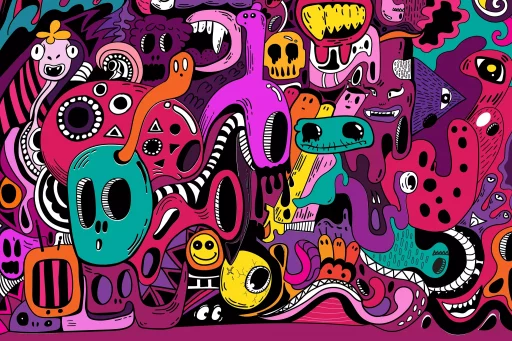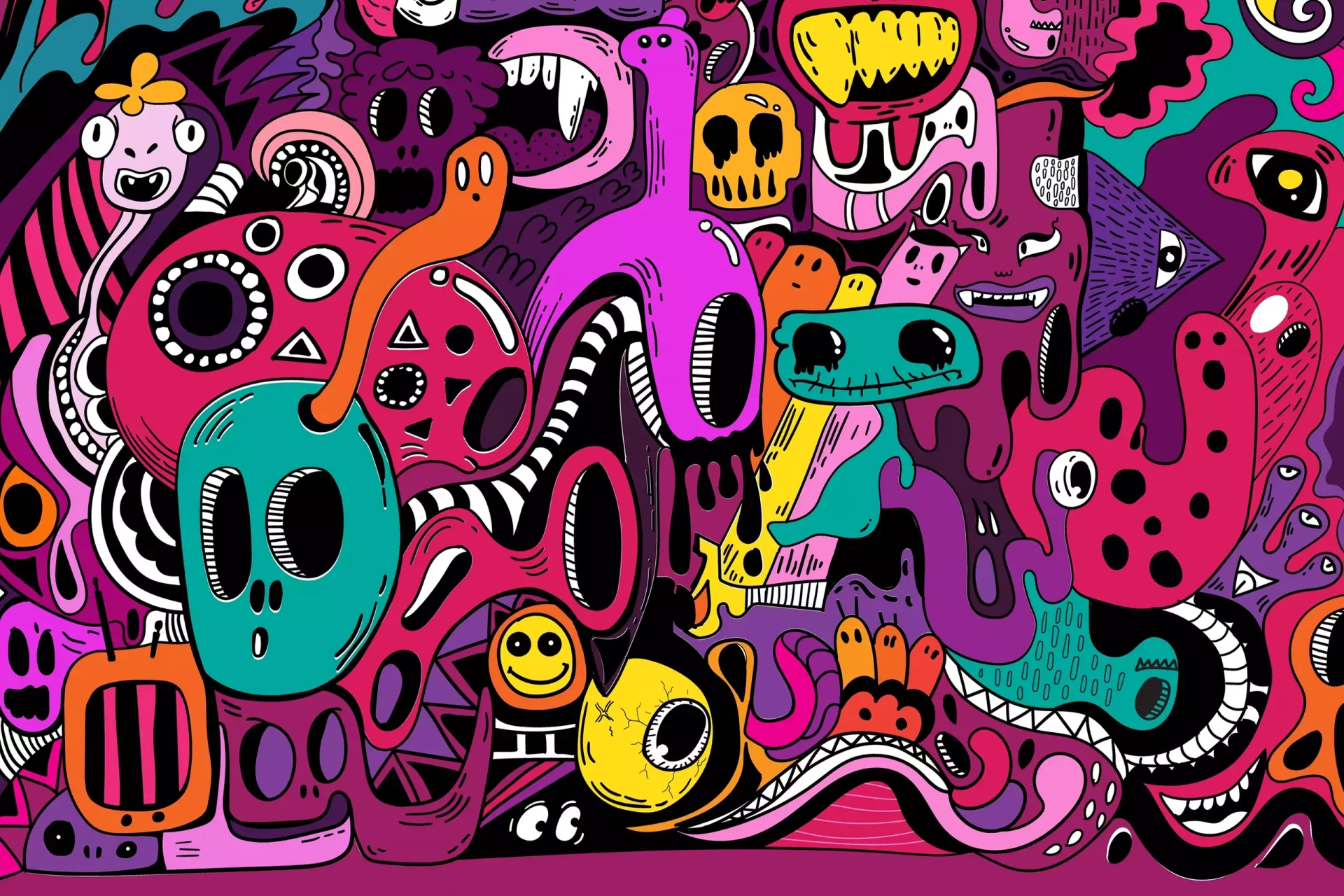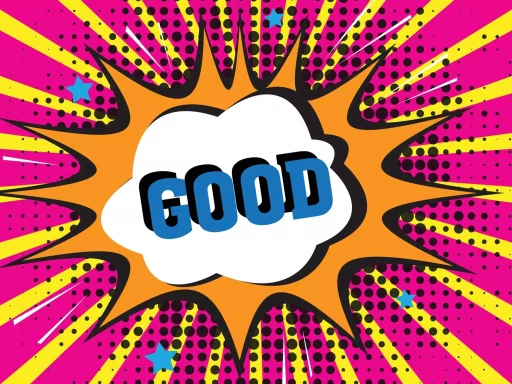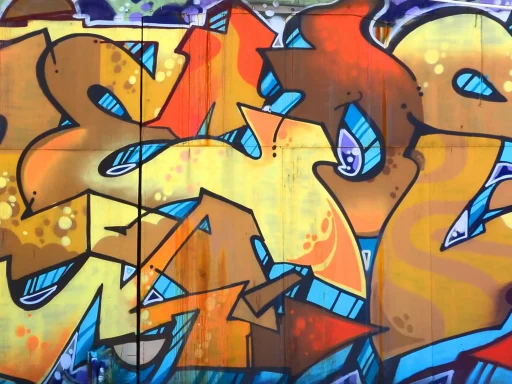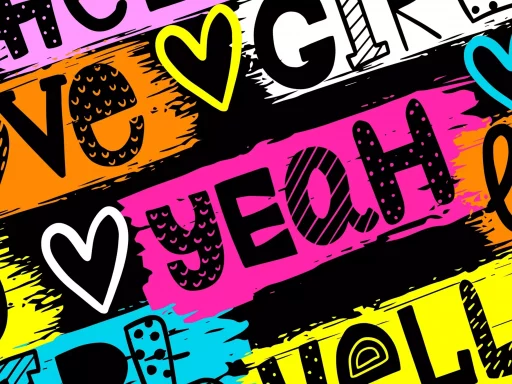The Evolution of Language During a Pandemic
The COVID-19 pandemic has had a profound impact on our lives, and with it, the language we use. As people navigated through unprecedented challenges, new slang terms emerged to encapsulate experiences, frustrations, and humor during these trying times. This article explores some of the most popular COVID-19 slang, its origins, and how it reflects society’s mood.
Popular COVID-19 Slang Explained
Slang is a dynamic aspect of language, evolving rapidly to represent new realities. Here are some key terms that gained popularity during the pandemic:
- Quarantine – Initially referring to isolation during the pandemic, this term transformed into a verb or adjective. Statements like “I’m going to quarantine at home” became commonplace.
- Social Distancing – The practice of keeping a safe distance from others to prevent virus spread was shortened to this phrase that entered everyday vocabulary.
- Zoom Fatigue – As virtual meetings surged, many people reported feeling exhausted from excessive video calls, leading to the coining of this term.
- Covidiot – Used to describe individuals who foolishly ignore health guidelines, this term highlights societal frustration towards those who disregard safety measures.
- Maskhole – A derogatory term for those who refuse to wear masks in public, showing the intersection of public health and social responsibility.
Case Studies: The Impact of COVID-19 Slang
Various social media platforms and news outlets serve as rich resources for linguistic trends during COVID-19. Here, we examine two platforms that significantly contributed to the spread of COVID-19 slang: Twitter and TikTok.
Through hashtags like #CancelCovid and #SocialDistancing, Twitter users shared their experiences and created a collective narrative around the pandemic. A viral tweet may state, “Feeling like a real-life covidiot for forgetting my mask again!” This humorous expression highlights the blend of frustration and acceptance many felt, illustrating a cultural shift towards finding humor in adversity.
TikTok
TikTok emerged as a fertile ground for creative expressions, often using COVID-19 slang in funny skits. Phrases like “quarantine and chill” were used in video duets, juxtaposing social isolation with playful tones. According to a report by Statista, TikTok was downloaded 2 billion times globally in 2020, showing how new slang reached a vast audience.
Statistics on Language Usage During the Pandemic
Research conducted by the Oxford English Dictionary revealed a significant increase in the usage of pandemic-related vocabulary:
- Over 600 new words related to the pandemic were added to the dictionary between 2020 and 2021.
- The term “social distancing” saw a 1,000% increase in usage compared to the previous year.
- “Mask” experienced a temporal shift, going from occasional health-related usage to a staple term in everyday language.
These statistics underline the language’s rapid evolution in response to global events and shared experiences.
The Future of COVID-19 Slang
As the world continues to adapt to the post-pandemic era, some of this slang may fade, while others will likely endure. Similarly, the pandemic has shown how language can serve as a powerful reflection of societal attitudes and feelings. Terms like “Zoom fatigue” might find a place in our lexicon long after remote work has become less commonplace.
Conclusion: A Lingering Legacy
COVID-19 slang not only facilitates communication but also encapsulates a shared cultural experience. In a time of uncertainty, the slang we adopted served as both a coping mechanism and a societal commentary. Understanding this linguistic evolution will pave the way for future reflections on communal experiences during challenging times.
